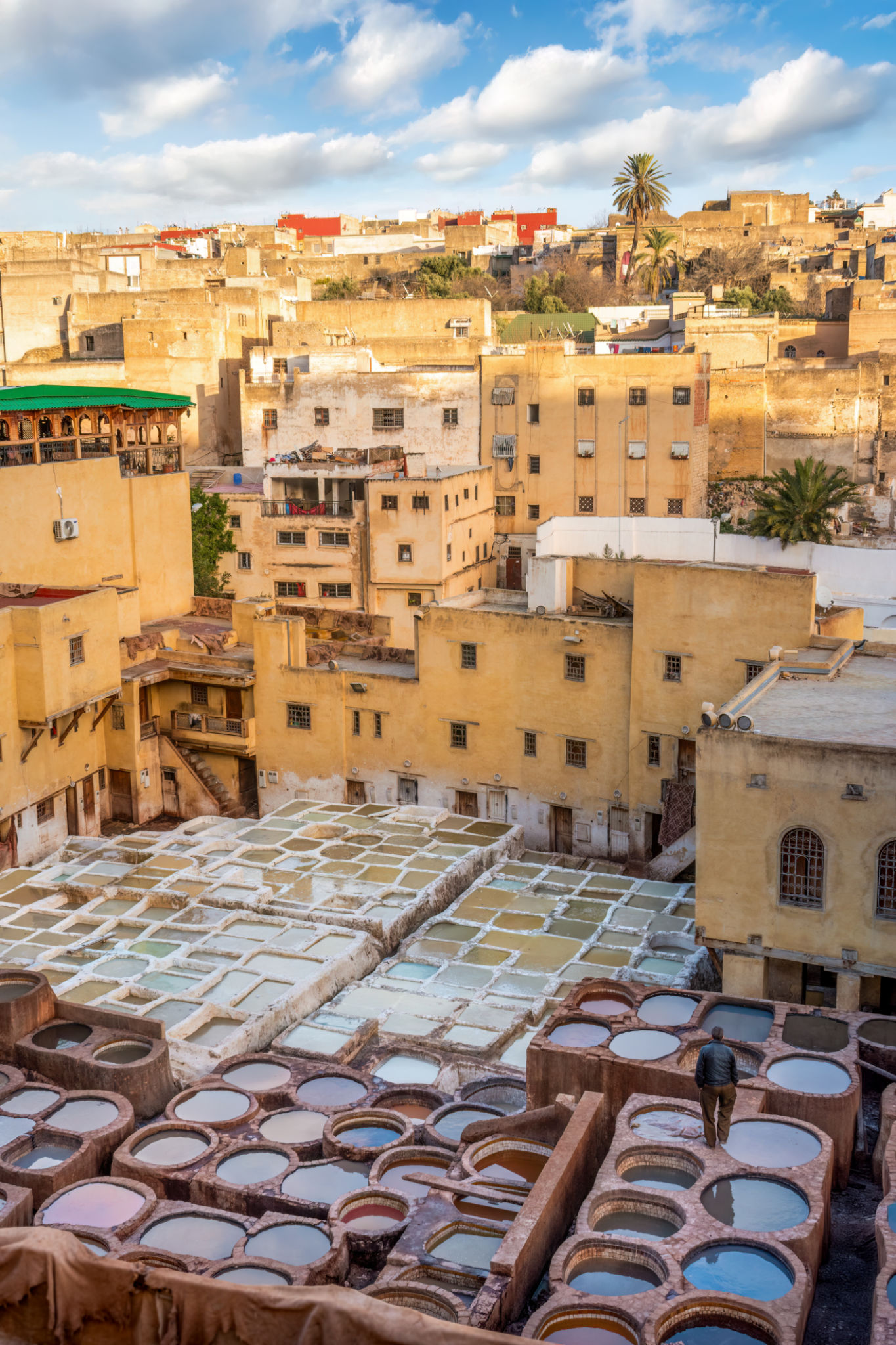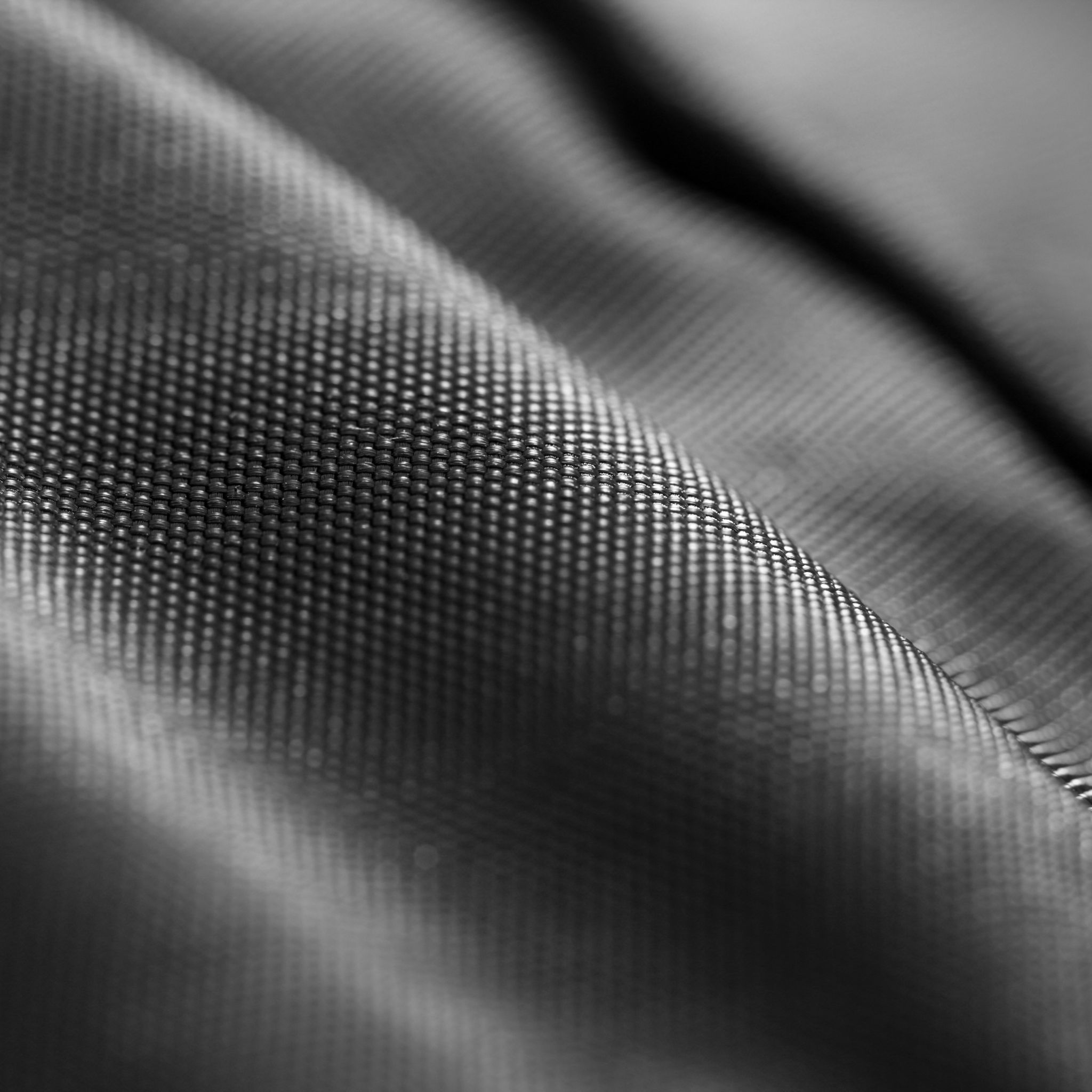Exploring the Rich History of Dyes and Pigments in Città Metropolitana di Milano
The Origins of Dyeing in Milan
The Città Metropolitana di Milano, known for its rich cultural heritage and vibrant history, has long been a hub for the textile industry. The use of dyes and pigments in this region dates back to ancient times, playing a pivotal role in its economic and cultural development. The city's strategic location along important trade routes enabled the exchange of materials and techniques, giving rise to a flourishing textile sector renowned for its quality and innovation.

Early Techniques and Materials
In ancient Milan, natural dyes were predominantly used, sourced from plants, minerals, and animals. Indigo and woad provided rich blues, while madder roots offered vibrant reds. These natural substances required skilled artisans to extract and apply them effectively. The art of dyeing was closely guarded, with recipes handed down through generations.
The process of dyeing involved several intricate steps, including mordanting, which set the color and ensured its longevity. The historical significance of these techniques is reflected in the many artifacts and textiles preserved in local museums, showcasing the artistry of Milanese craftsmen.
The Renaissance Influence
The Renaissance period marked a turning point in the history of dyes and pigments in Milan. As the city became a center of art and culture, the demand for more diverse and vivid colors increased. This era saw the introduction of new materials such as cochineal for deep reds and lapis lazuli for brilliant blues. These pigments were not only used in textiles but also in paintings and frescoes that adorned the city's architecture.

Artists and dyers collaborated closely, experimenting with new techniques to achieve unprecedented levels of color saturation and variety. The influence of the Renaissance is evident in Milan's enduring reputation for fashion and design, rooted in this historical legacy of color innovation.
Industrial Revolution and Synthetic Dyes
The Industrial Revolution brought about significant changes in dyeing technology. The development of synthetic dyes transformed the industry, allowing for mass production and greater color consistency. Milan quickly adapted to these advancements, becoming a leader in textile manufacturing across Europe.
Synthetic dyes offered brighter colors and improved durability, making them popular among consumers. However, this shift also led to environmental challenges, as the production processes often involved hazardous chemicals. Efforts to balance innovation with sustainability continue to shape the modern textile industry in Milan.

Modern Innovations and Sustainability
Today, Milan remains at the forefront of textile innovation, with a strong focus on sustainable practices. The resurgence of natural dyes, combined with cutting-edge technology, has led to a renewed interest in eco-friendly production methods. Local designers are embracing these practices, creating garments that reflect both tradition and modernity.
Research into alternative dye sources, such as algae and bacteria, is gaining traction, promising a future where fashion is both vibrant and sustainable. Educational initiatives and collaborations between scientists, artists, and manufacturers are fostering a new era of environmentally conscious design.
A Living Legacy
The history of dyes and pigments in Città Metropolitana di Milano is a testament to the city's enduring spirit of innovation and creativity. From ancient techniques to modern advances, Milan's contribution to the art of color continues to inspire designers and artisans worldwide.

As we explore this rich heritage, it becomes clear that the story of dyes and pigments is not just about color but about cultural identity and evolution. Milan will undoubtedly continue to play a vital role in shaping the future of textile artistry.
